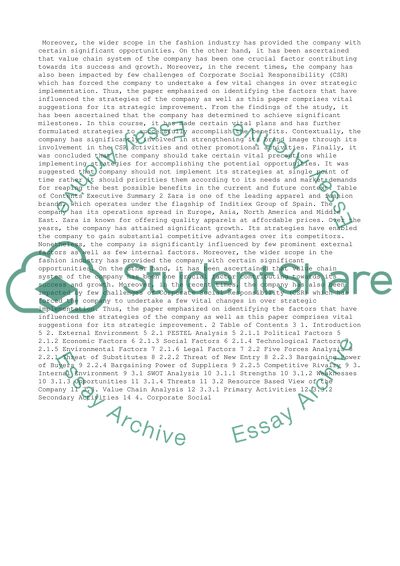Cite this document
(“Case Study Assignment (Zara Case) in Europe, Asia, North America and Essay”, n.d.)
Retrieved from https://studentshare.org/business/1404279-case-study-assignmentzara-case
Retrieved from https://studentshare.org/business/1404279-case-study-assignmentzara-case
(Case Study Assignment (Zara Case) in Europe, Asia, North America and Essay)
https://studentshare.org/business/1404279-case-study-assignmentzara-case.
https://studentshare.org/business/1404279-case-study-assignmentzara-case.
“Case Study Assignment (Zara Case) in Europe, Asia, North America and Essay”, n.d. https://studentshare.org/business/1404279-case-study-assignmentzara-case.


